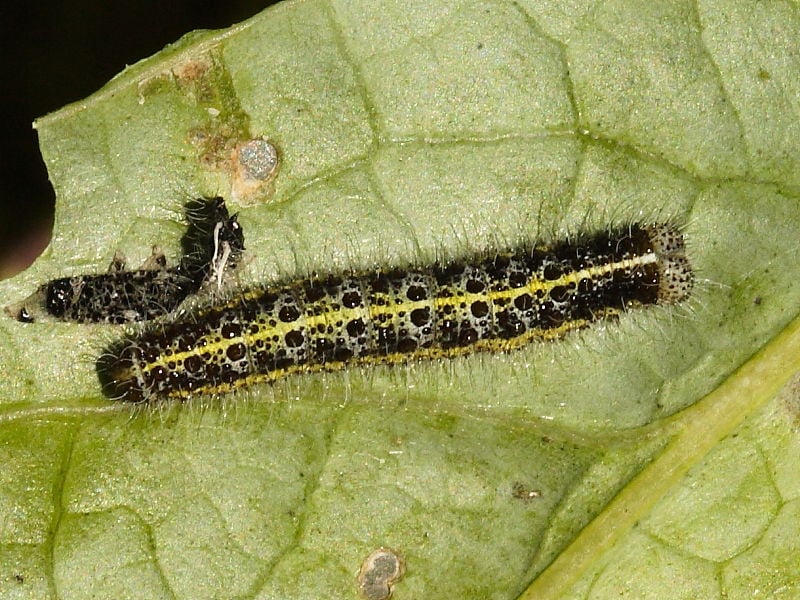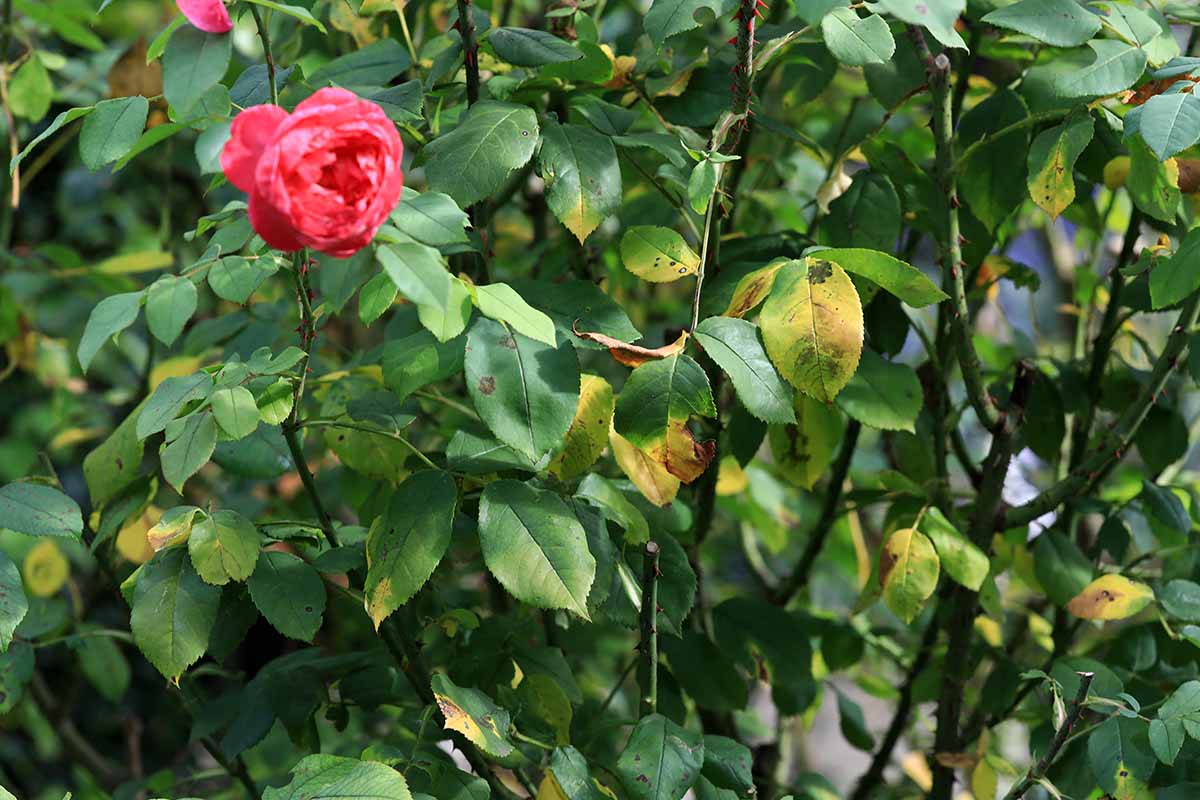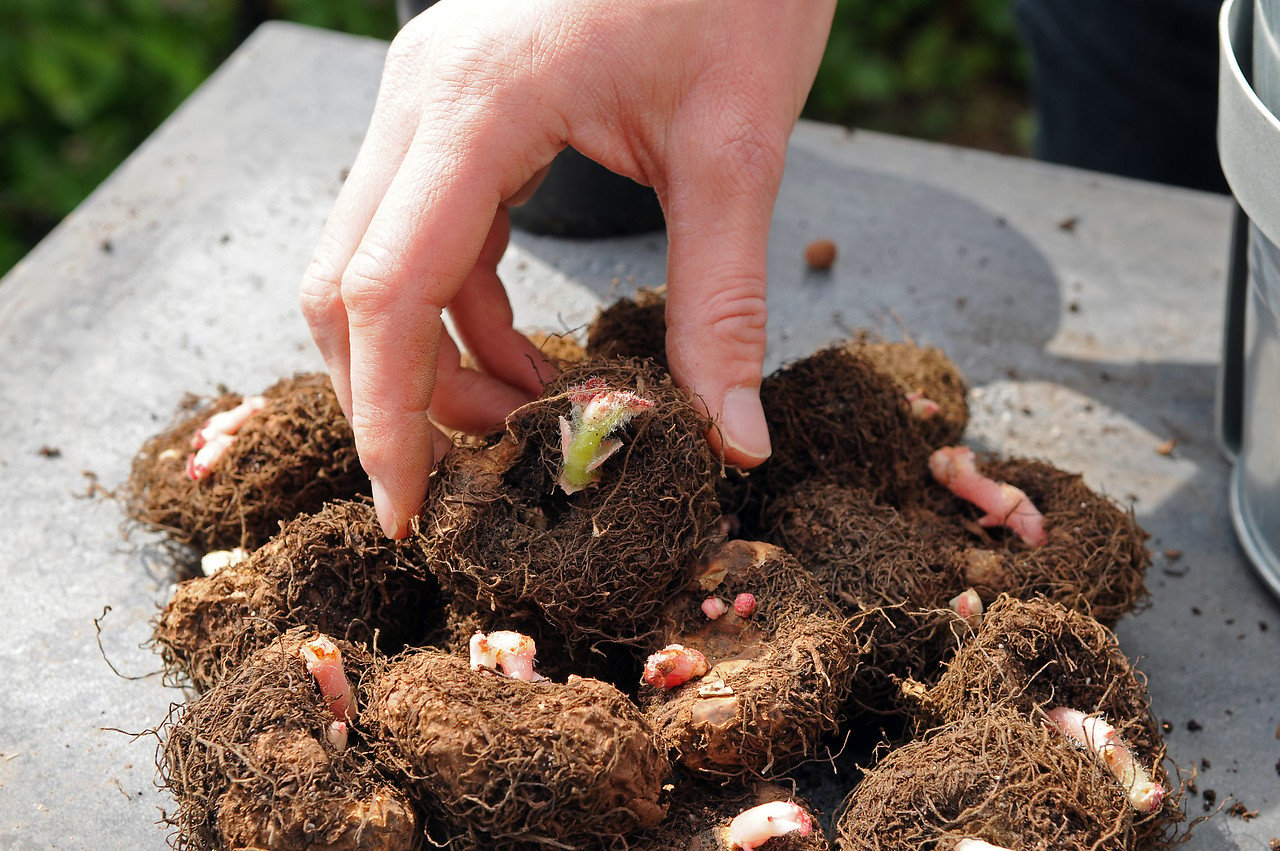How Do You Prune an Overgrown Acer?

Table of Contents
If you have an Acer tree, you already know that it takes a lot of maintenance and work to keep it bushy and looking aesthetic. You have to take care of everything from avoiding overwatering to the moderate use of fertilizers. However, if you have an overgrown Acer tree, then you must be thinking about various ways of pruning it.
If you are wondering when to prune acer, this is one of the best times to prune it as it is overgrown and requires a much-awaited pruning procedure.
Keep reading this article further to understand better how to prune your acer tree and how to maintain it.
Points to Remember while Pruning an Overgrown Acer

Pruning an overgrown acer requires careful planning and execution to maintain the health and aesthetics of the tree. Here are a few points to remember while pruning an overgrown acer.
- Choose the Right Time: The best time to prune an acer is during its dormant season, which is typically in late fall to early winter or late winter to early spring before new growth begins. This reduces stress on the tree and minimizes the risk of disease or pest infestations.
- Assess the Tree: Before you start with the pruning process, take a good look at the tree and determine its overall shape and health. Identify dead, damaged, or diseased branches that need to be removed.
- Gather Tools and Safety Gear: You will need a few essential tools for pruning, including sharp pruning shears, loppers for thick branches, and a pruning sawfor even larger branches. Additionally, wear appropriate safety gear like gloves and safety glasses to protect yourself from the debris.
- Remove Dead and Diseased Branches: You can begin removing any dead or diseased branches. These branches not only affect the tree’s appearance but also contribute to the spread of disease and pests.
- Thin Out Crowded Areas: Thinning out the canopy allows for better air circulation and light penetration, promoting the overall health of the tree. Identify branches that are crossing or rubbing against each other and remove the weaker ones. Your aim should be to have an open and balanced acer tree.
- Maintain the Desired Shape: If your acer has grown too large or is out of shape, consider selectively pruning branches to achieve the desired form. Acer trees are known for their elegant, intricate branching patterns, so take care not to prune the tree over and create an unnatural shape.
- Prune for Size: If your Acer has outgrown its space, you can prune it to reduce its size. However, avoid a drastic reduction in a single pruning session, as it can stress the tree.
- Make Clean Cuts: When making cuts, use sharp tools to ensure clean cuts. Avoid tearing or ripping the bark, as it can create entry points for pests. Cut just the outside of the branch to promote proper healing,
- Avoid Over-Pruning: While pruning is necessary for health and aesthetics, avoid over-pruning, as this can stress the tree and compromise its natural form. Aim for a balanced approach that maintains the tree’s beauty and health.
Why is it Necessary to Prune an Acer Tree?

Pruning an Acer tree is necessary for several reasons, all of which contribute to the tree’s overall growth, health, and aesthetics. Here are a few reasons why pruning an acer tree is necessary.
- Health and Vigor: Pruning helps remove dead, diseased, or damaged branches. These branches can be entry points for pests and diseases, and by removing them, you help enhance the tree’s overall health and beauty. Pruning also helps improve air circulation and light penetration inside the canopy.
- Shape and Aesthetics: Acer trees are valued for their graceful and intricate branching patterns. Pruning allows you to maintain the tree’s natural form or sculpt it into a desired shape. Removing crossed or crowded branches helps create an open canopy, enhancing the tree’s beauty but helps in making its foliage distinctive.
- Size Management: Acer trees can sometimes outgrow their intended space, obstructing views, encroaching on structures, or shading other plants. Pruning allows you to control the size of the tree and prevent it from affecting the above-mentioned factors. Careful and selective pruning can allow you to maintain the size of a tree without affecting its health.
- Preventing Hazards: Overgrown or weak branches can pose hazards, especially during storms or windy conditions. Pruning removes these potentially hazardous branches, reducing the risk of them falling and causing damage to property or even people.
- Rejuvenation: Older or neglected Acers may benefit from rejuvenation pruning. This involves more extensive pruning to remove a significant portion of the older wood. While this may initially result in a less attractive appearance, it can lead to the growth of new, healthier branches and a rejuvenated tree.
Conclusion
Remember that while pruning is important, it should be done with care and consideration for the tree’s natural growth habits. Over-pruning or improper techniques can stress the tree and lead to issues.
You should check out online guides available on pruning acer trees so that you have all the important information before beginning with the pruning process. Make sure you have all of the essential and right quality tools to make your pruning process hassle-free and comparatively easy.
Follow all of the above instructions clearly, and your acer tree will be good to go, looking very aesthetic and pretty.






